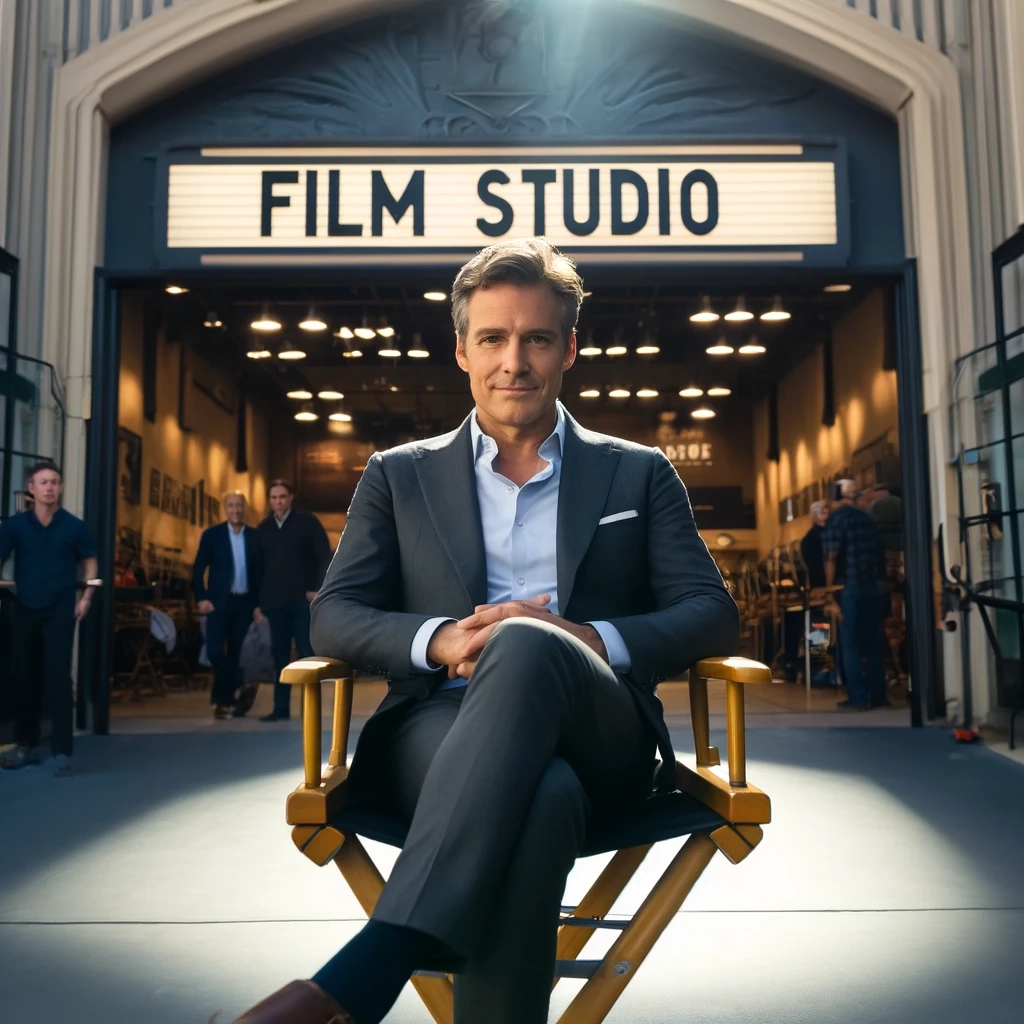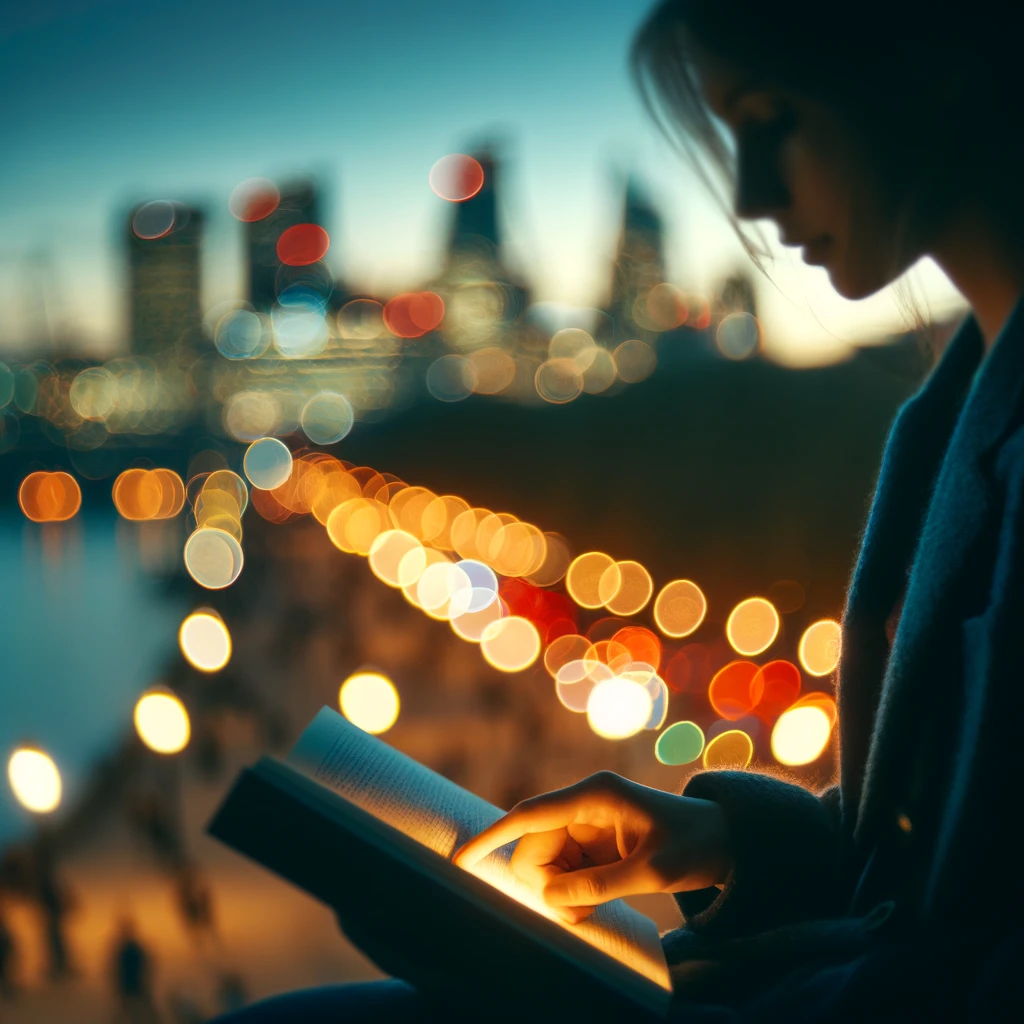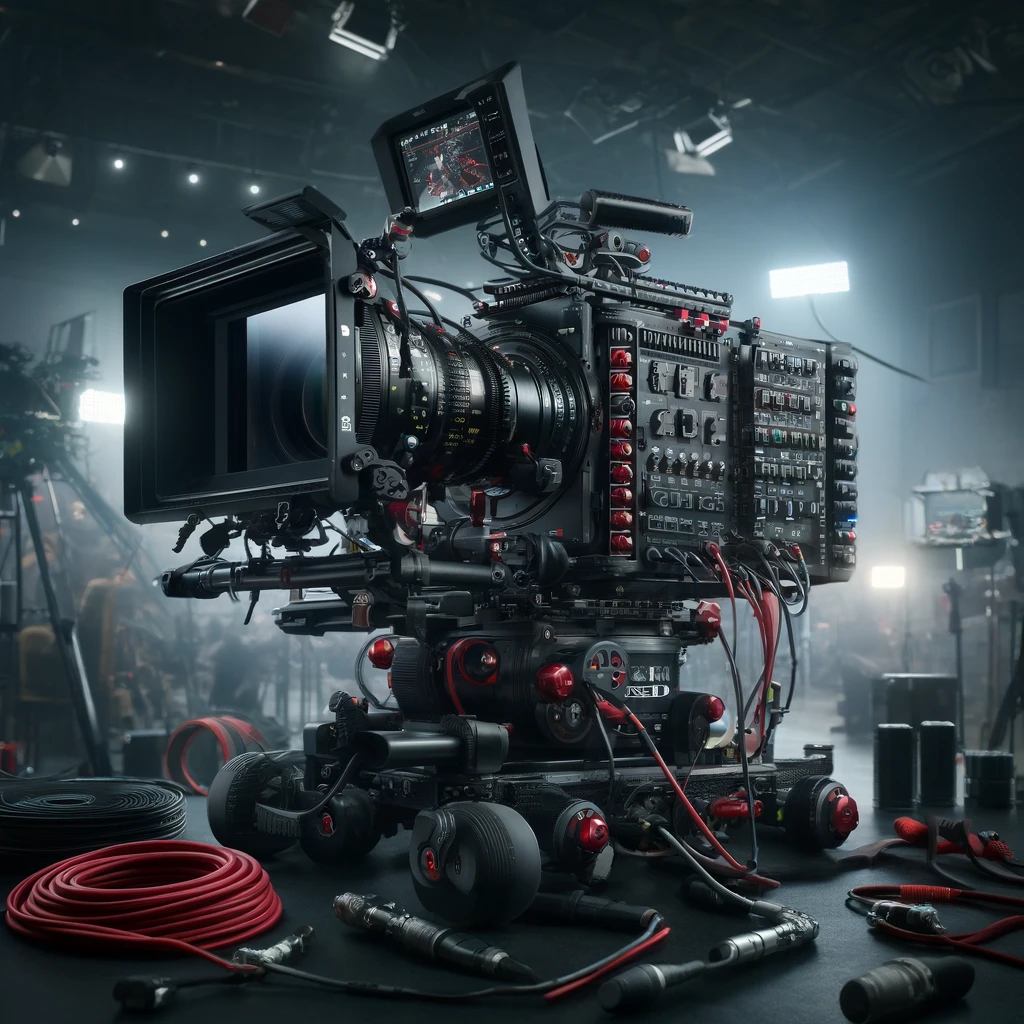
In modern cinematography and film production, the purpose of this chapter. is to help you navigate through the workflow of filmmaking while also addressing the tools and technologies behind the scenes to help you understand the roles and people involved in the filmmaking process. As a studio director, It’s through these collaborative relationships you’ll manage throughout the assembly of your film that will determine the level of success your project will achieve. To be a fierce competitor, you’ll be responsible for the assembly of these roles and a master of managing the relationships that naturally come along with assembling that team. Through planning and execution, you can create, operate and succeed in the film industry, wherever you live. Here’s an in-depth look into my world, from pre-production to distribution.
Let’s start with a short-overview of the roles you will focus on developing the relationships to fill, while simultaneously building the different departments for doing the those tasks required to build your company. This overview only touches base in outline form so you can quickly decide which section you would like to focus on. This may seem monumental, but rest assure, each will make sense when it comes time for invoicing clients, paying staff and producing great content on a continual basis for your customer base.
Pre-Production
The Role of Cinematographer:
In pre-production, a DP’s (Director of Photography) primary responsibility is to develop the visual style of the film. Working closely with the director, to make decisions about the color palette, lighting, and shot composition and align these visuals with the story’s mood and tone.
Tools and Processes:
Scriptwriting and Storyboarding: We start with scriptwriting software like Final Draft to refine the screenplay. Then, using tools like Adobe Photoshop, I collaborate with storyboard artists to visualize scenes, which helps plan the shots and lighting setups.
Tech Scouting: Visiting locations with the director and production designer, we use apps like Artemis or Sun Surveyor to assess potential shooting angles and natural light conditions.
Planning Equipment: Depending on our visual needs, during the selection of cameras and lenses, I often prefer cameras like the ARRI Alexa primarily for its dynamic range and color fidelity. I alway pair this camera body with a set of cine-prime lenses for most of my general film making shots, which are the go-to lens package for sharpness and quality. I personally tend to avoid specialty lenses unless there is a particular shot where the natural distortions make sense in scenes where I may choose to open the field of view and oversaturate the shot to give the feeling of humidity, summer or being in a warm environment..
There are many lenses to choose from, each with their own set of features that are often built-into the lens as a by-product of the manufacturing process. For example, some lenses have a natural affinity for Bokeh Effects and others of anamorphic lensing distortions that can only be described in the way they distort the final image. i.e., they are designed to compress the image horizontally, allowing a wider field of view to be captured on a narrower film or sensor.
Some additional notes on Anamorphic lens effects include:
Horizontal Squeeze: Anamorphic lenses capture a wider scene by squeezing it horizontally onto the film or sensor. This compression is typically at a 2:1 ratio, meaning the image is compressed to half its original width.
Aspect Ratio: When projected or displayed, the image is stretched back out to its original width, resulting in a widescreen aspect ratio. This is why anamorphic lenses are popular in filmmaking, as they can achieve a cinematic look with wide aspect ratios like 2.39:1.
Characteristic Look: The distortions from anamorphic lenses contribute to a distinctive visual style. This includes oval-shaped bokeh (the out-of-focus areas), and a unique type of lens flare, which is often streaked horizontally.
Vertical Compression Artifacts: When the horizontally squeezed image is stretched back to its original aspect ratio, it can also introduce vertical compression artifacts, such as altered geometry and perspective in the vertical dimension.
Optical Aberrations: Anamorphic lenses can introduce other optical aberrations such as barrel distortion, where lines that should be straight appear to curve outward from the center of the image, and pincushion distortion, where lines bend inward.
Anamorphic lensing is particularly valued in artistic contexts for its ability to add a sense of depth and drama to the visual field, making it a favorite choice among filmmakers aiming for a more expansive and impactful visual narrative.

Key Points About Bokeh Effects in Cinematography
“Bokeh effects” in cinematography refer to the aesthetic quality of the blur produced in the out-of-focus parts of an image. This term, derived from a Japanese word meaning “blur” or “haze,” focuses on how light is rendered in these blurred areas, creating soft light shapes that appear to float at the back of a scene. The effect can add an artistic or dreamlike quality to film scenes, often used to focus attention on the subject while softening the background.
Quality of Blur:
Bokeh describes the smoothness and character of the background blur. Good bokeh is generally smooth and pleasing to the eye, while poor bokeh might appear as distracting highlights.
Aperture Shapes
The shape of the diaphragm blades (aperture) in the lens can affect the shape of the out-of-focus points of light, typically seen as circles, hexagons, or heptagons, depending on how many blades the aperture has
Lens Design
Lenses with a higher number of aperture blades and certain optical designs are more likely to produce aesthetically pleasing bokeh. Lenses specifically designed for portrait photography often have features that enhance the bokeh effect to soften the background and make the subject stand out.
Depth of Field: A Shallow depth of field is typically used to enhance the bokeh effect. This is achieved by using a wide aperture, a long focal length lens, or a close focusing distance to the subject.
Application in Film: In films, bokeh is used to isolate the subject from the background or to create a sense of depth and atmosphere in a scene. It can also be used to convey particular moods or feelings, such as nostalgia, loneliness, or intimacy.
Bokeh effects are highly valued in both photography and cinematography for their ability to add depth, focus, and a painterly quality to images, making them a crucial tool in the visual storytelling process.
Directors of Photography (DPs) often experiment with different lenses and aperture settings to achieve the desired bokeh effect that complements the narrative and emotional tone of the scene. This expertise makes their skills a major selling point of a film. In fact, DPs are often as critical to the production as the director and supporting actors, especially when developing a movie for a wide release.
Production: On the Set: Each day on set is about bringing our pre-production plans to life. My team and I set up cameras, coordinate with the gaffers on lighting setups, and ensure every visual element aligns with our artistic vision.

Key Equipment
Cameras: My go-to might be a RED V-Raptor XL VV 8K for its high resolution and frame rate capabilities, especially useful in action sequences.
Lenses: We might switch between a wide-angle lens for expansive shots and a macro lens for close-ups to capture intricate details.
Lighting: LED panels are a staple due to their versatility and energy efficiency. I work with the gaffer to create the perfect ambiance for each scene, whether that’s simulating daylight or crafting shadowy interiors.
Roles
Gaffer: My main collaborator on lighting, ensuring that the practical and artistic lighting needs are met.
Key Grip: Manages the physical camera movement; a crucial role when we use technocranes or Steadicams to achieve smooth, dynamic shots.
Post-Production
Crafting the Final Product: Post-production is where we polish the raw materials into the final film. As the cinematographer, I often sit in with the colorist to ensure the film’s look matches our initial vision.
Software and Techniques
Editing: Using Adobe Premiere Pro, the editor assembles the footage according to the director’s guidelines. I review cuts to suggest changes that might better reflect the script’s intentions.
Color Grading: In DaVinci Resolve, we manipulate colors to get just the right feel. For instance, maybe we want a warmer tone to evoke nostalgia, which involves careful adjustment of color temperature and saturation.
Visual Effects: For scenes that require CGI, such as adding fantastical creatures or exploding buildings, we work with VFX artists using Autodesk Maya, Houdini and Nuke, ensuring that the effects are seamlessly integrated.
Distribution
Reaching the Audience: The final step is getting the movie to the audience, which involves several formats and platforms.
Distribution Formats
Digital Cinema Package (DCP): We prepare a DCP for theatrical releases, ensuring it meets global cinema playback standards.
Streaming Formats: For platforms like Netflix, we might supervise the creation of a 4K HDR version to maximize viewing quality on various devices.
Collaborative Roles
Marketing Team: Works to build anticipation through trailers and posters, often consulting with me to select visually striking images that highlight the film’s aesthetic.
Conclusion
My experience in the field of modern cinematography involves a deep engagement with both the artistic and technical aspects of film production. From the initial concept discussions to the final delivery, every step is about crafting a visual story that resonates with audiences worldwide.
My role as a cinematographer intersects with many other professionals, each contributing their expertise to bring the film to life in its highest form.
